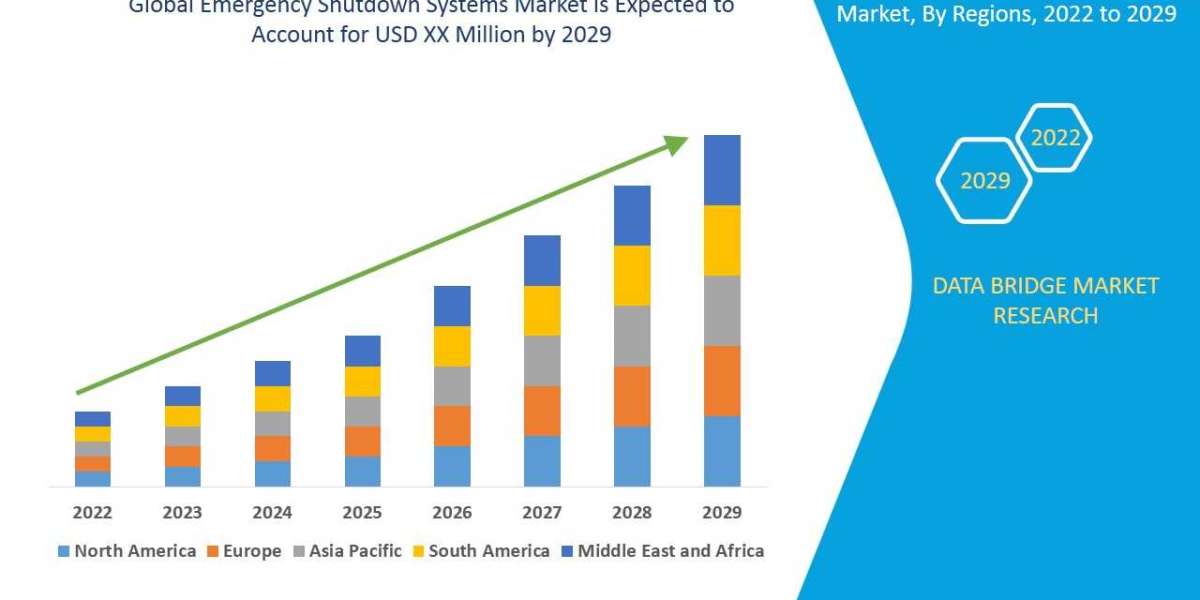Disaster preparedness is essential for ensuring business continuity in the event of a disaster or emergency. A comprehensive plan should include identifying potential risks, developing response strategies, implementing preventive measures, and regularly testing and updating the plan to ensure its effectiveness.
Why Business Continuity Planning is important? - Disaster preparedness or Business Continuity Planning is the process of developing and implementing strategies to minimize the impact of a disaster or emergency on a business. A comprehensive plan should include the following steps:
Identify potential risks: This includes assessing the likelihood of various disasters, such as natural disasters, cyber-attacks, or pandemics, and identifying their potential impact on the business.
Develop response strategies: Once potential risks have been identified, the next step is to develop response strategies for each scenario. This includes establishing a clear chain of command, communication protocols, and procedures for evacuation, sheltering in place, and other emergency measures.
Implement preventive measures: Preventive measures can help to minimize the risk of disasters and their impact on the business. These may include physical measures such as reinforcing buildings or implementing fire safety measures, or digital measures such as implementing cybersecurity protocols and regularly backing up data.
Test and update the plan: It is essential to regularly test the disaster preparedness plan to ensure its effectiveness and make any necessary updates or changes. This may include running mock disaster scenarios or conducting training sessions for employees.
Additional considerations for disaster preparedness planning may include:
Developing contingency plans for essential business functions such as payroll or customer service.
Identifying alternate locations for conducting business in the event of a disruption to the primary location.
Establishing partnerships with suppliers and vendors to ensure continuity of supply chains.
Developing a crisis communication plan to keep stakeholders informed in the event of a disaster or emergency.
Overall, disaster preparedness planning is a critical component of business continuity planning and can help to minimize the impact of disasters on a business's operations, employees, and customers.






